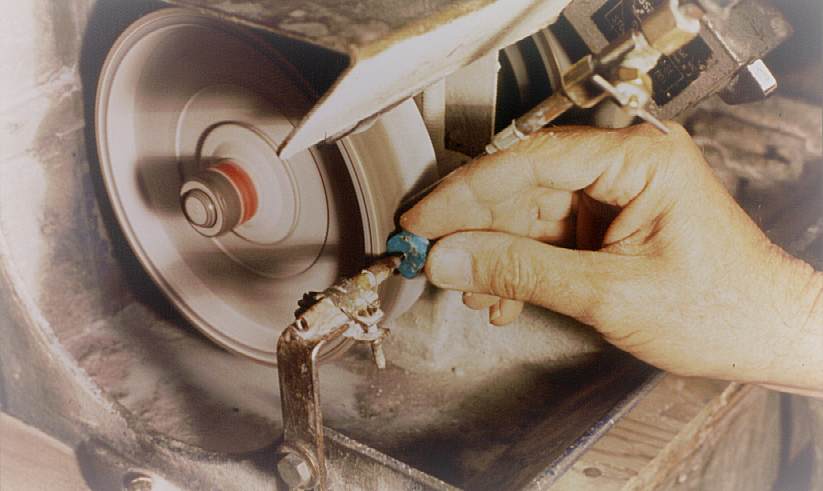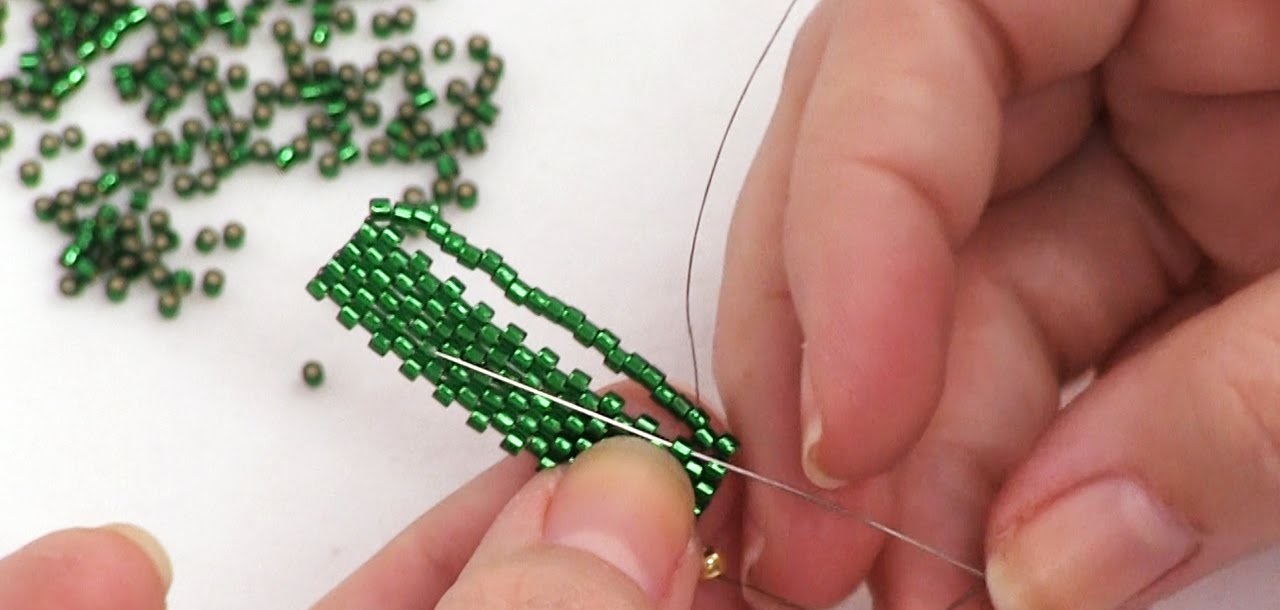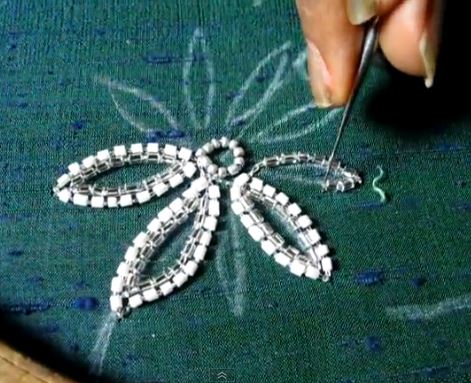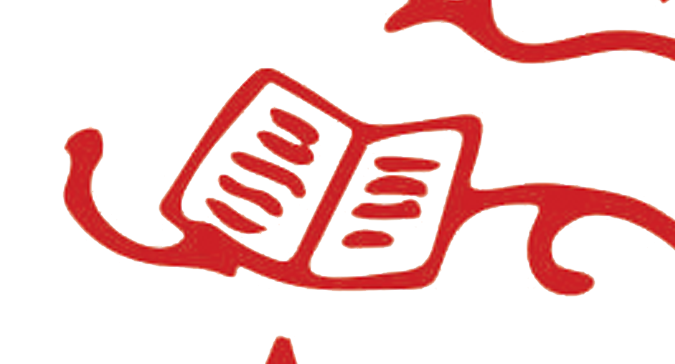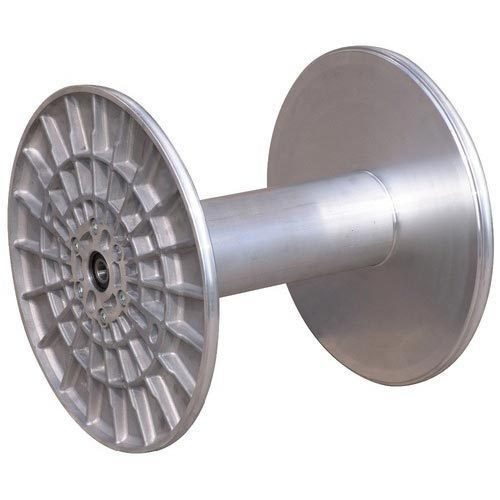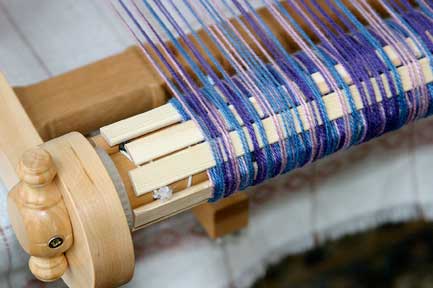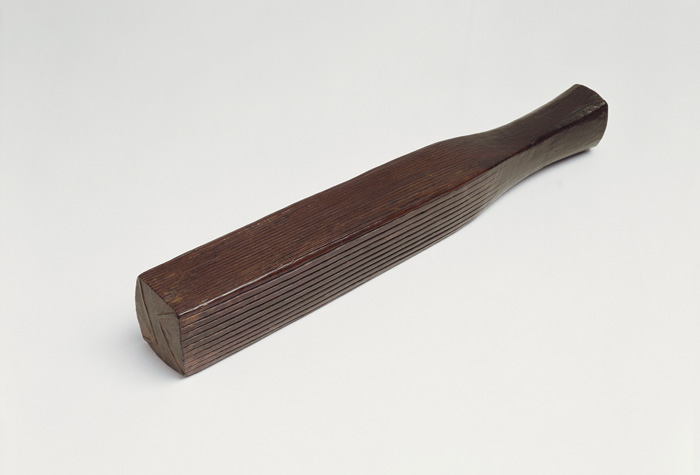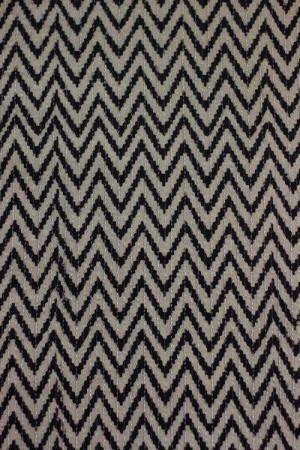Bead Making,
The process of making beads is called bead making. Beads are small decorative objects that have a hole pierced through them for threading or stringing. Beads can be made using a variety of different materials such as gems, stone, shell, glass, bone and wood.
The process of making beads is called bead making. Beads are small decorative objects that have a hole pierced through them for threading or stringing. Beads can be made using a variety of different materials such as gems, stone, shell, glass, bone and wood.
Beam, knee,
Beam above the cloth beam over which the cloth passes before it winds onto the cloth beam. It allows space for the weaver's knees.
Beam above the cloth beam over which the cloth passes before it winds onto the cloth beam. It allows space for the weaver's knees.
Beam, Sectional,
A warp beam divided into sections for warping very long warps.Other equipment is necessary to make sectional warps.
A warp beam divided into sections for warping very long warps.Other equipment is necessary to make sectional warps.
Beater,
A bark-cloth beater is a mallet with a textured stone or wooden head, used to pound the softened bark fibres into a flat fabric.
A bark-cloth beater is a mallet with a textured stone or wooden head, used to pound the softened bark fibres into a flat fabric.
Beating,
Process used to form and shape materials by repeatedly hammering and beating it using the hands or with a tool. Beating materials cause them to soften making them easier to shape. Beating is commonly used on metals such as Copper.
Process used to form and shape materials by repeatedly hammering and beating it using the hands or with a tool. Beating materials cause them to soften making them easier to shape. Beating is commonly used on metals such as Copper.
Bellows,
A means of blow air into a furnace. Bellows are very rarely preserved in the archaeological record. The main evidence of the various types that could have been used comes from historical or ethnographic sources. Types of bellows that could have been used were :- the pot bellows, bag bellows, box bellows as well as the 'normal' smiths bellows. Initially, bellows were hand or foot powered. With the introduction of water-powered bellows furnace sizes and temperatures could increase if suitable refractory materials were available.
A means of blow air into a furnace. Bellows are very rarely preserved in the archaeological record. The main evidence of the various types that could have been used comes from historical or ethnographic sources. Types of bellows that could have been used were :- the pot bellows, bag bellows, box bellows as well as the 'normal' smiths bellows. Initially, bellows were hand or foot powered. With the introduction of water-powered bellows furnace sizes and temperatures could increase if suitable refractory materials were available.


